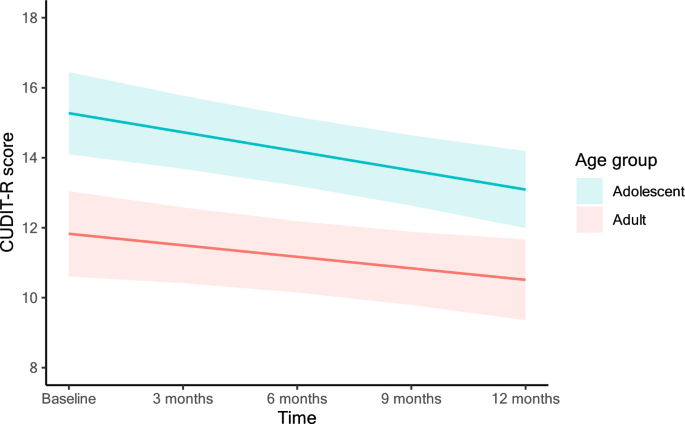2024-05-07 バース大学
<関連情報>
- https://www.bath.ac.uk/announcements/health-risks-of-using-cannabis-are-higher-in-adolescents-than-in-adults-new-study-finds/
- https://link.springer.com/article/10.1007/s00406-024-01806-y
青年期における大麻使用障害症状の持続的な重症度上昇は成人と比較:1年間の縦断的研究 Persistent increased severity of cannabis use disorder symptoms in adolescents compared to adults: a one-year longitudinal study
Rachel Lees,Will Lawn,Kat Petrilli,Amelia Brown,Katie Trinci,Anya Borissova,Shelan Ofori,Claire Mokrysz,H. Valerie Curran,Lindsey A. Hines &Tom P. Freeman
European Archives of Psychiatry and Clinical Neuroscience Published:06 May 2024
DOI:https://doi.org/10.1007/s00406-024-01806-y

Abstract
Adolescence is a developmental period characterised by increased vulnerability to cannabis use disorder (CUD). However, previous investigations of this vulnerability have relied on cross-sectional comparisons and lack a detailed assessment of cannabis quantity, a potentially important confounding factor. Here, we aimed to investigate the one-year course of CUD in adolescents compared to adults who currently use cannabis, adjusting for a comprehensive measure of cannabis quantity. Data are from a one-year observational longitudinal study (CannTeen) of adolescents and adults who currently used cannabis regularly with five waves of assessment at 3-monthly intervals, based in London, UK. Participants were n = 70 adults (26–29, 45.7% female), who did not regularly use cannabis when they were under age 18, and n = 76 adolescents (16–17, 50.0% female). The exposure was adolescent (compared to adult) frequent cannabis use. The primary outcome was CUD symptoms measured using the cannabis use disorder identification test revised (CUDIT-R) at five time points. Models were adjusted for cannabis quantity using mean weekly standard THC units (one unit = 5 mg THC). Other covariates included gender, and whether each session occurred before or during the COVID-19 pandemic. In models adjusted for pre-registered covariates, adolescents scored 3.7 points higher on the CUDIT-R compared to the adult group across the 5 assessment waves (3.66 95% CIs 1.99, 5.34). There was also evidence of a linear reduction in symptoms over time in both groups (-0.47, 95%CIs -0.67, -0.27). Adolescents had persistently increased CUD symptoms compared to adults across the 12-month period. This association was robust after adjusting for the quantity of cannabis consumed and other covariates.


